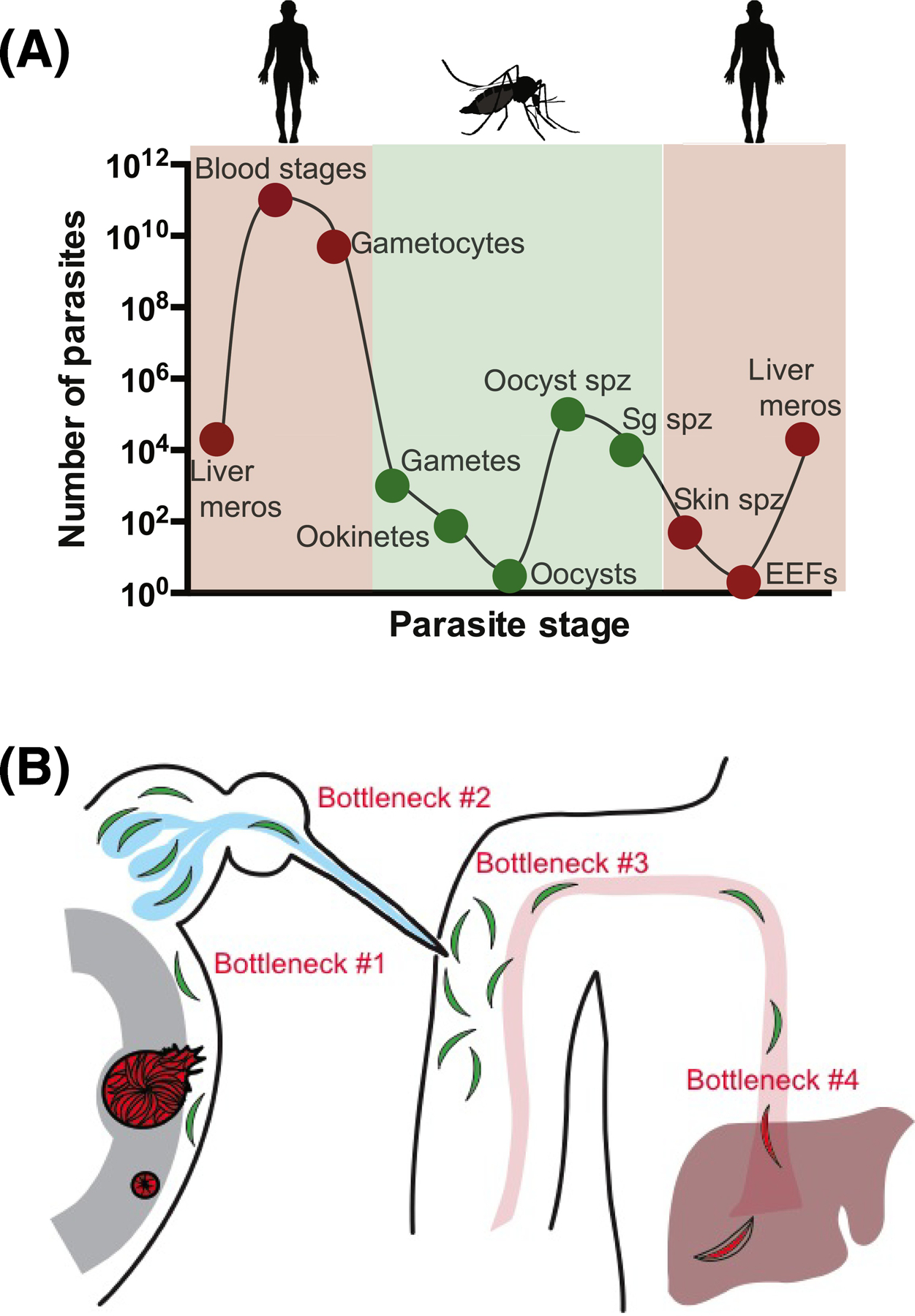Figure 1: Transmission bottlenecks in the Plasmodium life cycle.

(A) Estimated parasite numbers during the different life cycle stages reveals that transmission to and from the mosquito is associated with significant decreases in parasite numbers (meros, merozoites; spz, sporozoites; sg salivary gland; EEFs, exoerythrocytic forms). Adapted from Povelones et al [111]. (B) Specific bottlenecks faced by Plasmodium sporozoites: Cartoon of the sporozoites journey from mosquito to mammalian host, highlighting the following bottlenecks: #1 Estimates suggest ~20% of oocyst sporozoites reach the salivary glands; #2 Less than 1% of salivary gland sporozoites are expelled during probing; #3 ~20% of inoculated sporozoites enter the bloodstream; #4 represents several unmeasured bottlenecks, namely the efficiency with which sporozoite arrest in the liver, enter hepatocytes, and develop into liver stages. Artwork by Brandy Lee Bennett.
